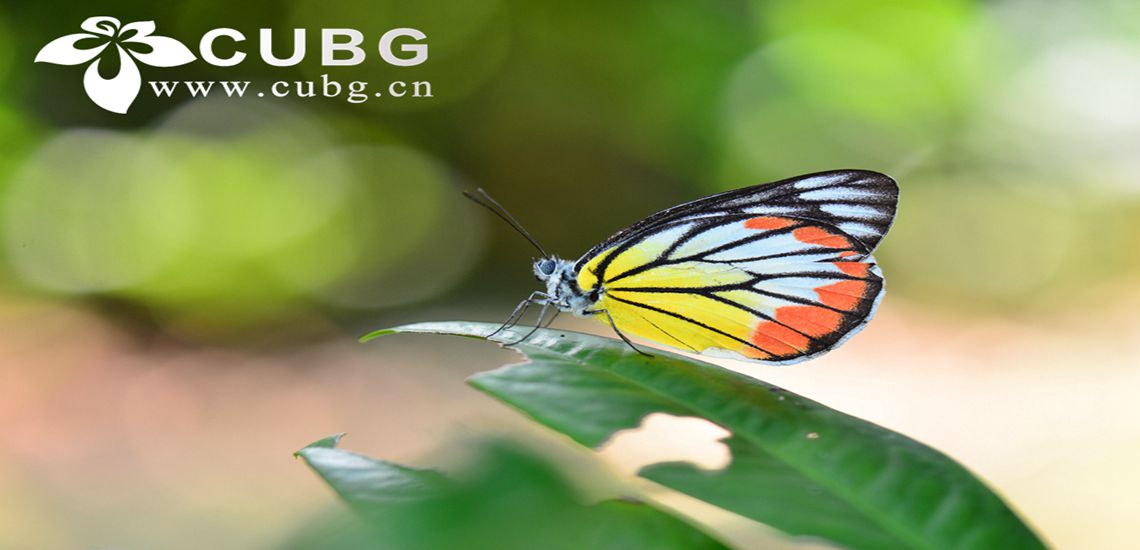Abstract:
Coloration strategies used by animals to reduce predation provide vivid examples of natural selection. It is widely believed that aposematic signals should be conspicuous, but in nature, they vary from highly conspicuous to near cryptic. Current theory, including the honest signal or trade-off hypotheses of the toxicity–conspicuousness relationship, cannot explain why adequately toxic species vary substantially in their conspicuousness.
Through a study of similarly toxic Danainae (Nymphalidae) butterflies and their mimics that vary remarkably in their conspicuousness, we show that the benefits of conspicuousness vary along a gradient of predation pressure. Highly conspicuous butterflies experienced lower avian attack rates when background predation pressure was low, but attack rates increased rapidly as background predation pressure increased. Conversely, the least conspicuous butterflies experienced higher attack rates at low predation pressures, but at high predation pressures, they appeared to benefit from crypsis. Attack rates of intermediately conspicuous butterflies remained moderate and constant along the predation pressure gradient. Mimics had a similar pattern but higher attack rates than their models and mimics tended to imitate the signal of less attacked model species along the predation pressure gradient. Predation pressure modulated signal fitness provides a possible mechanism for the maintenance of variation in conspicuousness of aposematic signals, as well as the initial survival of conspicuous signals in cryptic populations in the process of aposematic signal evolution, and an alternative explanation for the evolutionary gain and loss of mimicry. Although aposematism, mimicry and camouflage are usually thought of as separate strategies, there can be situations in which they can be combined. At lower flight heights, the dorsal surfaces of Batesian mimetic butterflies will be exposed more, which could be related to the prominent mimetic pattern on the dorsal surface, while the ventral surface of the wings are more camouflaged. Here we examined variation in flight height of three mimicry rings of coexisting aposematic and mimetic butterflies, that vary in their conspicuousness and the proportion of wing area with mimetic signal, along a predation gradient of 11 sites in tropical Asia. There was no difference in flight heights between the three different aposematic mimicry rings, but we found that Batesian mimics flew closer to the ground than their aposematic models. With increasing predation pressure, models flew higher, and mimics flew lower, exaggerating their vertical separation. By flying close to the ground or inhabiting shade, mimetic butterflies can maintain behavioral flexibility, with the potential to turn off their mimetic signal by closing their wings, and showing a shift in advantage of camouflage over mimicry in the dark understory of their forest habitat.
Speaker: Dr. Sasith Tharanga Aluthwattha
Affiliation: XTBG
Time: 4:30 PM, Tuesday, June. 13, 2023
Venue: ZOOM 会议平台 会议 ID:312 430 8960 会议密码 PWD:666666
ZOOM
会议 ID:312 430 8960
会议密码 PWD:666666



